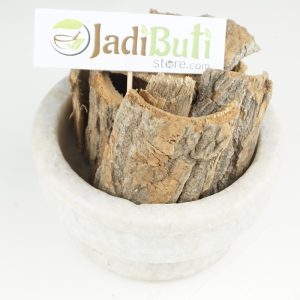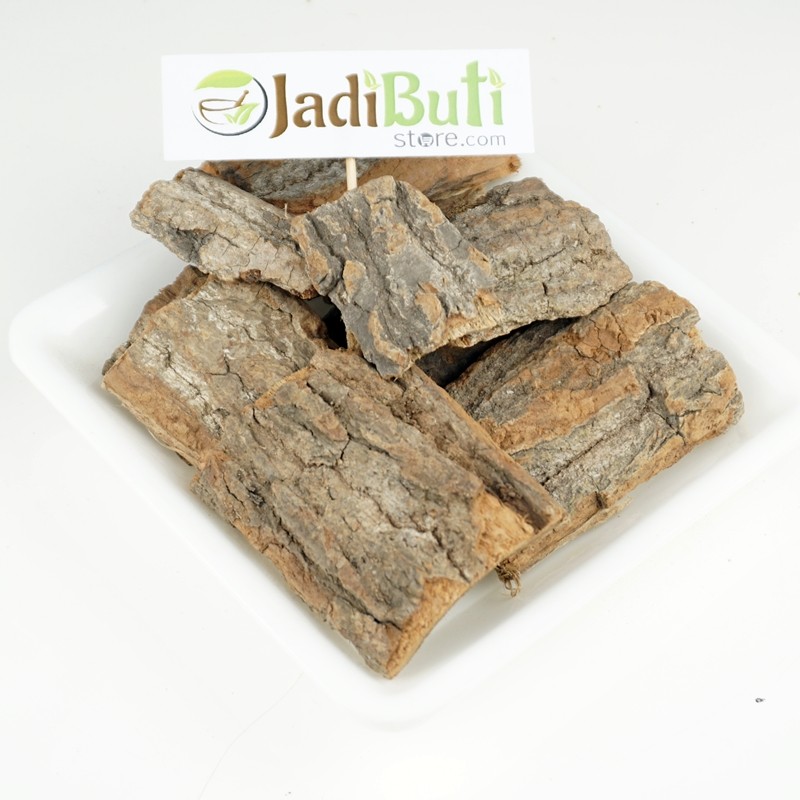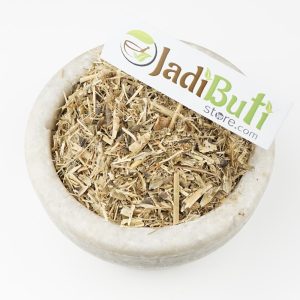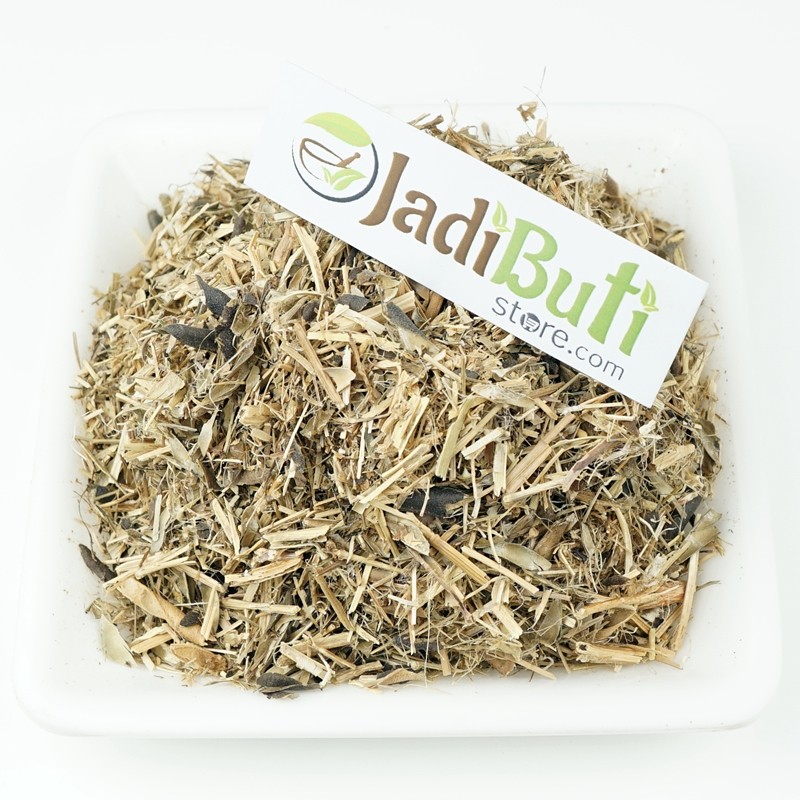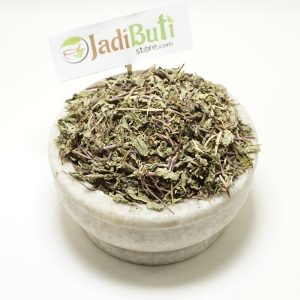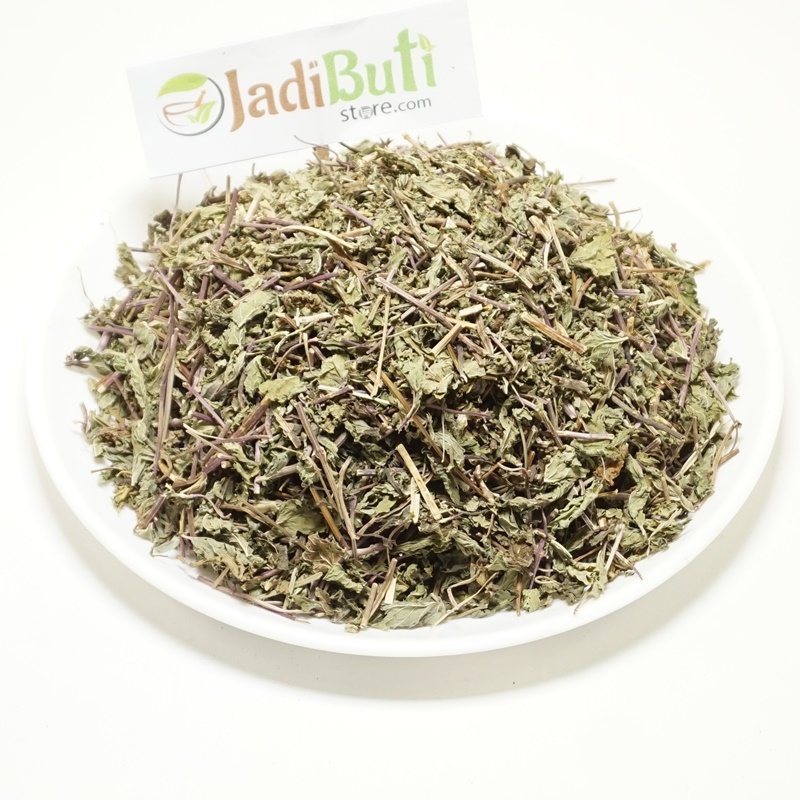M
Showing 25–36 of 38 results
-
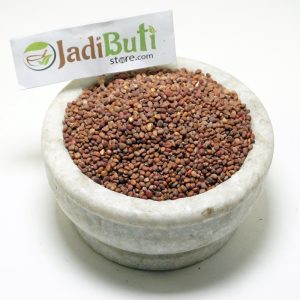

Muli Beej (edible) – मूली बीज – Radish Seed – Raphanus sativus
₹110.00 – ₹845.00Quick ViewMuli Beej (edible) – मूली बीज – Radish Seed – Raphanus sativus.
Name In Different Languages:
Muli Beej In English Name : Radish
Muli Beej In Hindi Name : Muli, Mooli
Muli Beej In Latin name : Raphanus sativus Linn.
Muli Beej In Urdu Name : Muli
Muli Beej In Arabic Name : Fujal
Muli Beej In Bengali Name : Mula
Muli Beej In French Name : Radis cultivé
Muli Beej In German Name : Garten-Rettich, Rettich
Muli Beej In Gujarati Name : Mulo, Mula
Muli Beej In Kannada Name : Moolangi, Moclangi gadde, Mullangi, Mugunigadde
Muli Beej In Marathi Name : Mula
Muli Beej In Persian Name : Turb, Turbuzah
Muli Beej In Punjabi Name : Mula, Mulaka, Muli
Muli Beej In Sanskrit Name : Moolaka, Mulaka
Introduction:
Radish is grown all over India. Radish is also grown in the form of carrot inside the ground in Kandrup. The main part of radish is two varieties – white and small white red. Its rounds are also other varieties. Radish is considered to be eaten in October-November. Radish is eaten raw. Greens of radish and radish leaves are also made. Mixing gram flour in radish leaves also makes delicious stirring. Oil from radish seeds emerges. Radish oil is heavy and colorless in weight. Eating raw radish in the middle of the food increases interest in eating. Sprinkle a little salt by spinning radish into radish pieces and eat it in the morning.
-
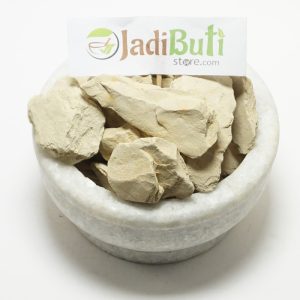
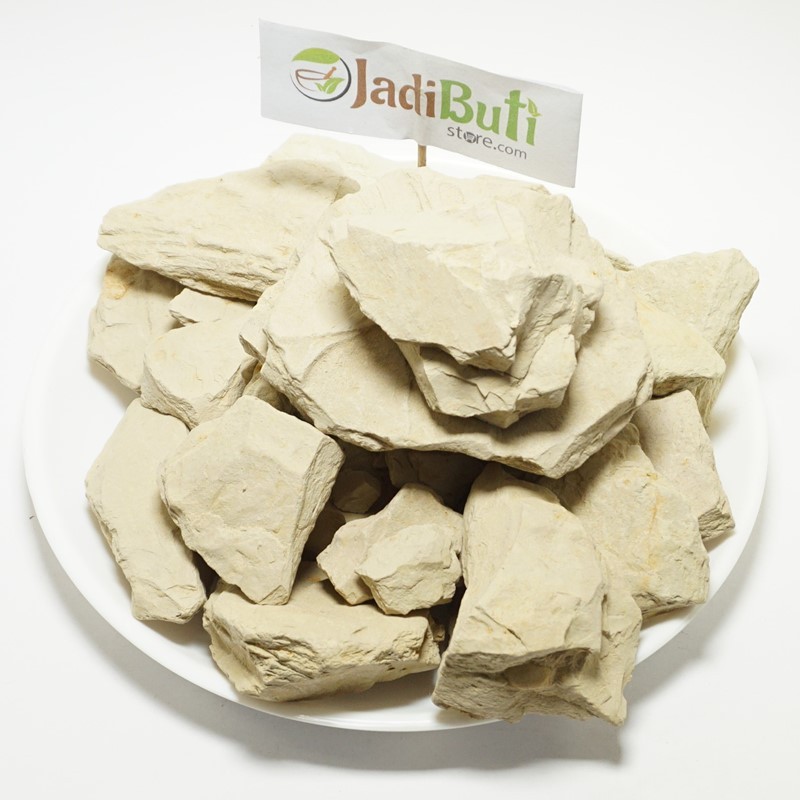
Multani Mitti (Without Toxins) – मुल्तानी मिट्टी – Fuller’s Earth Clay
₹160.00 – ₹695.00Quick ViewAyurvedic classification of Multani Mitti (Fuller’s Earth):
Ayurvedic Classification Description Rasa (taste) Astringent Guna (qualities) Light, dry, and cooling Virya (potency) Cooling Vipaka (post-digestive effect) Sweet Dosha effect Pacifies Pitta and Kapha doshas Karma (actions) Cleansing, purifying, cooling, and soothing Dhatu (tissue) affinity Works primarily on the skin and blood tissues Srotas (channel) affinity Works primarily on the rasa (plasma) and rakta (blood) channels Prabhava (special effect) Excellent for absorbing excess oil and toxins from the skin -
Sale!

 25%
25% Musli (Safed Musli) – सफ़ेद मूसली – White Musale – Chlorophytum Borivilianum
₹340.00 – ₹3,020.00Quick ViewSafed Musli | Musli White
Chlorophytum borivilianum | Product : Dried Musli Organic
Ayurvedic Classification Description Rasa (taste) Sweet, bitter, and pungent Guna (qualities) Guru (heavy), snigdha (unctuous), and vishada (non-slimy) Virya (potency) Cooling Vipaka (post-digestive effect) Sweet Dosha effect Pacifies Pitta and Vata doshas Karma (actions) Adaptogenic, aphrodisiac, immunomodulatory, galactagogue, and antioxidant Dhatu (tissue) affinity Works primarily on the reproductive and nervous tissues Srotas (channel) affinity Works primarily on the reproductive and nervous channels Prabhava (special effect) Increases desire and performance Active compounds & benefits found in safed musli (Chlorophytum borivilianum):
Active Compound Benefits Saponins Aphrodisiac, adaptogenic, and immune-boosting properties Polysaccharides Immunomodulatory and anti-inflammatory properties Alkaloids Antioxidant and anti-inflammatory properties Flavonoids Antioxidant and anti-inflammatory properties Phenolics Antioxidant and anti-inflammatory properties Proteins and amino acids Essential for growth and repair of body tissues Vitamins and minerals Essential for overall health and well-being -
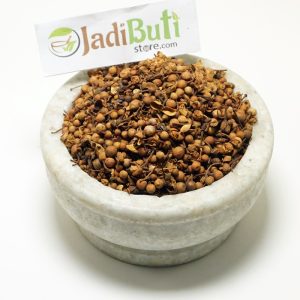

Nagkesar – नागकेसर – Iron Wood Tree – Mesua ferrea
₹280.00 – ₹2,270.00Quick View| Nagkesar |
| Botanical Name: Mesua ferrea |
Common Names: Ironwood tree, Nagchampa, Ceylon ironwood Properties: Astringent, bitter, pungent, cooling Uses: Anti-inflammatory, digestive health, skin health, respiratory health, menstrual health, pain relief Precautions: May interact with certain medications and may cause gastrointestinal upset and allergic reactions in some individuals. Consult a healthcare practitioner before use. Nagkesar seeds have the following properties:
- Rasa (taste): Astringent, bitter, pungent
- Virya (potency): Cooling
- Vipaka (post-digestive effect): Pungent
- Guna (qualities): Light, dry, sharp, penetrating
- Dosha (effect on humors): Balances Pitta and Kapha, may aggravate Vata
-


Neem Patta – नीम पत्ता – Indian Lilac – Melia azadirachta
₹80.00 – ₹650.00Quick View| Indian Lilac Leaves |
| Botanical Name: Azadirachta indica |
Common Names: Neem, Nimtree, Margosa Properties: Cooling, bitter, blood-purifying Uses: Skin health, dental health, digestive health, immune system support, respiratory health, blood sugar control, reproductive health, insect repellent, pain relief, hair health Precautions: May interact with certain medications and may not be suitable for everyone. Consult a healthcare practitioner before use.
-

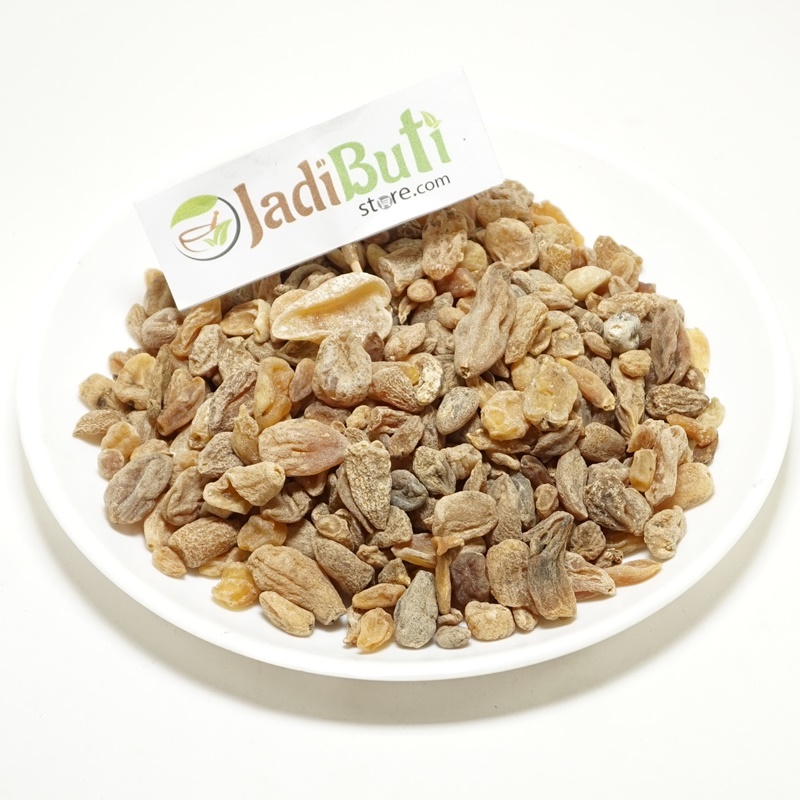
Salab mishri – सालब मिश्री – Salep Orchid – Orchis latifolia
₹1,100.00 – ₹22,200.00Quick ViewSalab mishri is known in Ayurveda for its aphrodisiac properties and is used to improve sexual health and performance. Additionally, it is believed to have the following Ayurvedic properties:
- Vata balancing: Salab mishri is said to have a balancing effect on the Vata dosha, which is responsible for bodily movement and nervous system function.
- Pitta cooling: It is also believed to have a cooling effect on the Pitta dosha, which regulates digestion, metabolism, and energy production.
- Kapha stimulating: Salab mishri is thought to have a stimulating effect on the Kapha dosha, which is responsible for stability, lubrication, and immunity.
- Digestive stimulant: Salab mishri is used in Ayurveda to stimulate digestion and improve appetite.
- Respiratory tonic: It is also believed to have a toning effect on the respiratory system, helping to alleviate conditions such as asthma and bronchitis.
Overall, Salab mishri is considered to be a valuable herb in Ayurveda due to its various medicinal properties and its ability to support overall health and wellbeing.
-

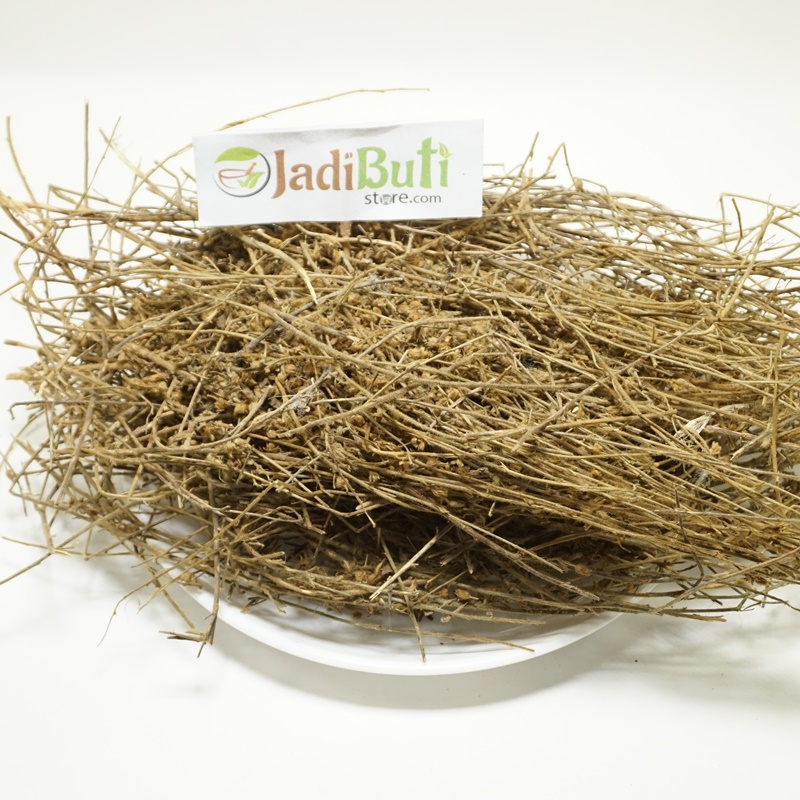
Shankhpushpi – शंखपुष्पी – Morning Glory – Convolvulus pluricaulis
₹90.00 – ₹690.00Quick ViewShankhpushpi – शंखपुष्पी – Morning Glory – Convolvulus pluricaulis
Common Name: Shankhpushpi
Scientific Name: Convolvulus pluricaulis
Plant Family: Convolvulaceae
Native Region: India
Traditional Uses: Shankhpushpi has been used in traditional Ayurvedic medicine to promote mental health, enhance memory, and improve overall cognitive function. It has also been used to alleviate anxiety, depression, stress, and improve sleep.
Active Compounds: Shankhpushpi contains several active compounds, including flavonoids, alkaloids, and glycosides, which are believed to be responsible for its medicinal properties.
Forms: Shankhpushpi is available in various forms such as powders, capsules, tablets, and liquid extracts.
Health Benefits: Shankhpushpi is believed to have several health benefits, including mental health, memory and cognitive function, sleep, anti-inflammatory properties, anti-diabetic properties, anti-convulsant properties, and wound-healing properties.
Precautions: Shankhpushpi is generally considered safe when consumed in appropriate amounts. However, it may cause side effects such as headache, dizziness, or upset stomach in some individuals. It’s important to talk to a healthcare professional before using Shankhpushpi, especially if you have any underlying health conditions or are taking medications.
-

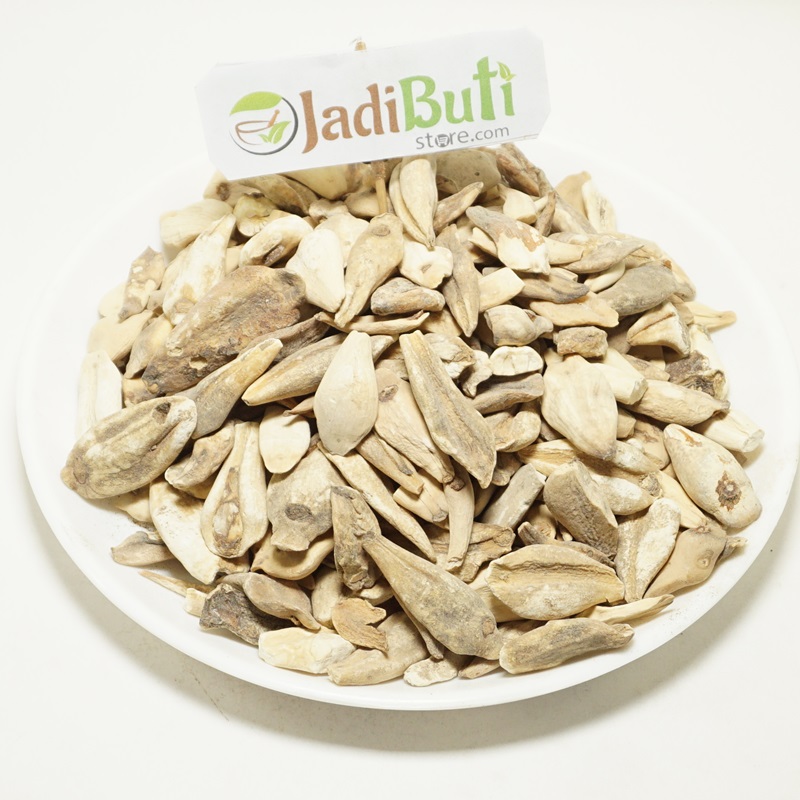
Suranjan – सुरंजन – Meadow Saffron – Colchicum luteum Baker
₹180.00 – ₹1,460.00Quick View- Suranjan (Colchicum luteum)
Description: Suranjan is a perennial herb that belongs to the Colchicum family. It is native to Europe and Asia and has been used for centuries in Ayurvedic medicine for its medicinal properties.
Key Features in Ayurveda:
- Anti-inflammatory
- Pain relief
- Digestive aid
- Immune booster
- Anti-spasmodic
- Antioxidant
Uses in Ayurveda:
- Treating inflammatory conditions such as arthritis and joint pain
- Alleviating pain associated with various health conditions
- Improving digestion and treating digestive disorders such as constipation, bloating, and indigestion
- Boosting the immune system and protecting the body against infections and illnesses
- Relaxing muscles and relieving muscle spasms, making it useful for treating conditions such as menstrual cramps and muscle pain
- Protecting the body from oxidative damage caused by free radicals
Precautions:
- Should be used under the guidance of a qualified Ayurvedic practitioner
- Can have side effects if used improperly or in large doses, such as nausea, vomiting, and diarrhea
- Suranjan (Colchicum luteum)



